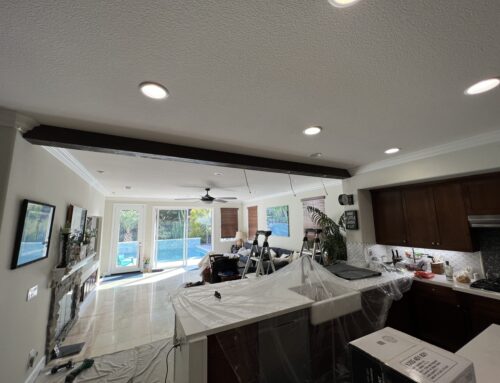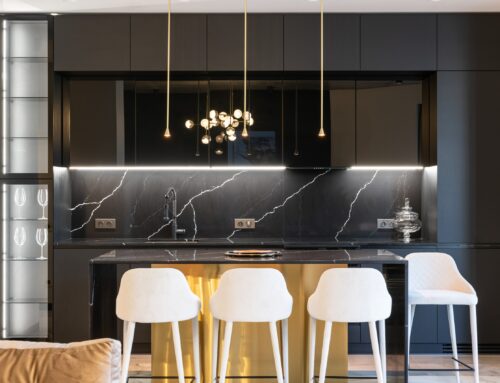As a professional home-build contractor, I understand the complexities involved and have compiled a comprehensive guide to streamline your custom home construction journey. Here are the essential steps to bring your dream home to fruition:
1. Define Your Budget
Before any physical work begins, establish a clear budget. This financial blueprint will guide every decision, from land purchase to finishes. Account for contingencies, typically 10-20% of your total budget, to manage unforeseen expenses without compromising your project.
2. Choose the Right Location
Selecting the perfect plot is crucial. Consider factors like the neighborhood, topography, access to utilities, and zoning laws. The location not only affects the value of your home but also its design and construction logistics.
3. Assemble Your Team
Building a custom home requires a collaborative effort. Hire experienced professionals, including an architect, a general contractor, and various subcontractors. Ensure they have a proven track record in custom home projects and share your vision.
4. Design Your Home
Work closely with your architect to design a home that meets your needs, preferences, and budget. This phase involves deciding on the layout, room sizes, and architectural style. It’s crucial to balance aesthetics with functionality.
5. Secure Financing
Custom home construction typically requires a construction loan. This loan covers the cost of land, labor, and materials. Shop around for lenders who offer competitive rates and understand the nuances of construction financing.
6. Obtain Necessary Permits
Your contractor should navigate the permitting process, ensuring that your home design complies with local building codes and regulations. This step can be time-consuming, so factor it into your project timeline.
7. Lay the Foundation
The construction begins with laying the foundation, which varies based on the site and design (slab, crawl space, or basement). Proper foundation work is critical for the structural integrity of your home.
8. Construct the Frame
Framing gives your custom home its shape. This stage involves constructing walls, floors, and roofs, setting the stage for plumbing, electrical, and HVAC systems.
9. Install Interior and Exterior Finishes
This phase brings your home to life. Interior finishes include drywall, flooring, cabinetry, and fixtures, while exterior finishes involve siding, roofing, and windows. Selections should reflect your style while adhering to your budget.
10. Final Inspection and Move-In
Before move-in, your home will undergo a final inspection to ensure it meets all building codes and quality standards. Once approved, you can proceed with landscaping and exterior detailing, leading to the exciting moment of moving into your new custom home.
Building a custom home is a rewarding journey that transforms your vision into reality. By following these essential steps and working with seasoned professionals, you can achieve a home that is tailored to your lifestyle and preferences. Remember, thorough planning and open communication with your team are key to a successful custom home project.





Leave A Comment